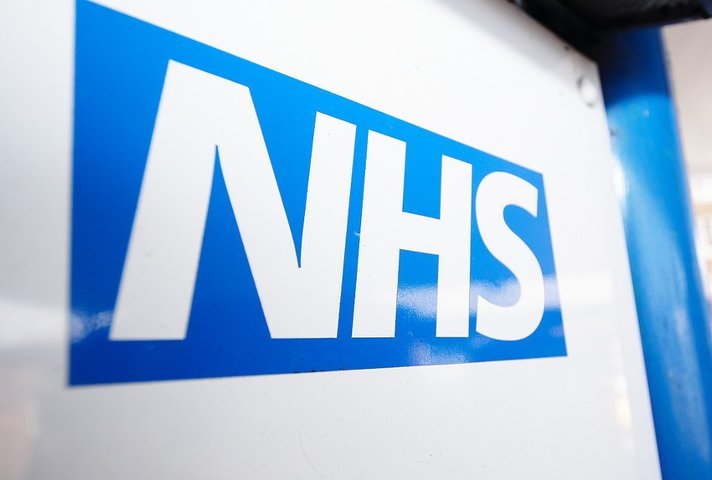Jonathan Lofthouse of Aintree University Hospital NHS Foundation Trust gives his eight-point action plan for implementing technology – and reaping its benefits – as quickly as possible
Credit: Peter Byrne/PA Archive/PA Images
The NHS is renowned for world-leading care. But rapid change, unfortunately, often continues to elude.
The NHS has a reputation of being more reactive than proactive, and can be very slow when bringing about significant change. This has bred a culture with some suppliers to perhaps slow down their delivery. It’s a case of ‘we move slowly, so they move slowly’. At Aintree University Hospital NHS Foundation Trust, we have tried to reverse this trend, and as a result we’ve found that suppliers can deliver at pace, when they are expected to against clear frameworks.
Using an eight-point framework, Aintree has illustrated how it is possible to work at pace, invest significant public funds, and see strong payback. We applied these eight principles to a recent outpatient improvement project at Aintree, where we went from procurement to installation within just 10 weeks. This technical purchase will pay for itself within four months of go-live, and will save £1.3m per year – nearly six times its investment price.
Aintree’s eight-point framework
1. Business cases should always clearly articulate payback, both direct and indirect.
2. Business cases are reviewed on a monthly cycle, as well as annual – the longest Aintree waits for a business decision is 4.5 weeks, as opposed to months and months.
3. Increased financial authority – as director of improvement I have authorisation rights to in keeping with a University Foundation Trust executive director of finance, without reference to another individual.
4. We stipulate that every one of our commercial relationships is a partnership – it is never just a transaction.
5. We are very robust on the use of technical contractor stage gates for delivery, which very clearly motivates suppliers to deliver on pace.
6. We allocate a named senior responsible officer and a named trust project manager for every single commercial partnership.
7. We purchase the very best we can afford.
8. We apply a robust application of procurement frameworks where available, and embrace start-up projects.
The recent change project saw us work with InTouch with Health, a patient flow software technology supplier, and DrDoctor, a virtual digital platform technology supplier, to bring about long-term benefits within the outpatient arena.
We introduced self-service options to every one of our clinic and outpatient therapy locations, so that patients can simply swipe their smartphones when they check in. This self-service solution has been linked to the digital communication platform so that patients now receive text messages and digitised letters regarding their appointment straight to their phone.
The installation immediately reduced the number of front-facing administrative staff, yet, all of the workforce reductions throughout the project were able to be done with natural turnover and churn, so there were no redundancies. So far we have saved £486,000 in reduced staffing.
Digital communication by default
At Aintree, we have introduced digital communication by default, so unless you request a letter about your appointment, all of your correspondence will go to you digitally. We currently have about 67% of our patients’ smartphone information. This has substantially reduced our print and mailing costs, and contributed to a reduction in non-attendance. By going to digital default for letters alone, that is a £560,000 per year saving for Aintree.
Our approach has always been that we are very inclusive on early-stage demonstrations when we are considering purchasing a piece of kit. We often have an audience of 30-40 trust staff in the room who can see the product being demonstrated
As with any major change project, maintaining internal engagement is clearly a challenge. The attitude of the team at Aintree was positive but variable. Our approach has always been that we are very inclusive on early-stage demonstrations when we are considering purchasing a piece of kit. We often have an audience of 30-40 trust staff in the room who can see the product being demonstrated. So early engagement is crucial. We also arrange either weekly or fortnightly project groups. We wouldn’t wait a whole month for one of these meetings. Firstly, because we are moving on pace, and also because we want to keep internal engagement up.
What we have also found is that, because our projects develop so quickly, our staff want to attend meetings because they know they can be involved in influencing conversations and on decision-making as projects unfold – the developments don’t feel as if they are ‘lost in the wind.’
The patient flow technology has now gone live across the entirety of the outpatient site, and the virtual technology is now live to 70% of patient clinics. The final phase, which is the technical digitisation of letters, goes live within the next four weeks.



